A good knowledge of natural conditions, this is the basis of the successful work of foresters
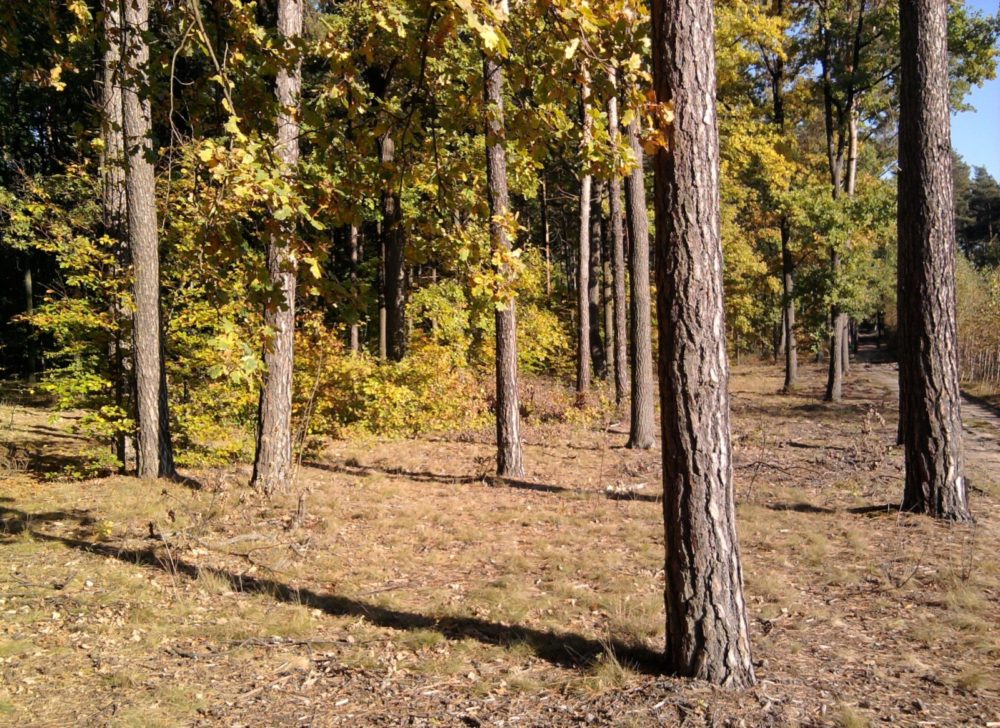 The success of foresters’ work depends on a good knowledge of local natural conditions and their exact description in forest management planning systems. An important Czech and Slovak specific is the vertical division of vegetation into so-called vegetation (forest) levels, its comprehensive mapping and practical application. The knowledge of foresters and scientists on vegetation gradation in the natural conditions of former Czechoslovakia developed together with knowledge of the typology of forest and non-forest habitats from the 1950s.
The success of foresters’ work depends on a good knowledge of local natural conditions and their exact description in forest management planning systems. An important Czech and Slovak specific is the vertical division of vegetation into so-called vegetation (forest) levels, its comprehensive mapping and practical application. The knowledge of foresters and scientists on vegetation gradation in the natural conditions of former Czechoslovakia developed together with knowledge of the typology of forest and non-forest habitats from the 1950s.
Photo: Scots pine forest
The staff of the Institute for Forest Management Brandýs n. L. and the Mendel University in Brno prepared a summarizing and evaluating paper Classification of vertical vegetation zonation in the Czech Republic: Review (Klasifikace vegetační stupňovitosti v České republice), which was published in the journal Reports of Forestry Research (Zprávy lesnického výzkumu), 1/2023.
As for the aim of their work, it was not only to comprehensively map the development of the forestry-typological classification system itself, but also to point out its certain shortcomings. It is desirable, that this unique classification system does not become just a static remnant of past times without reflection of current trends in landscape ecology. The researchers will use the conclusions of this study for further analyses leading to the elimination of weak points.
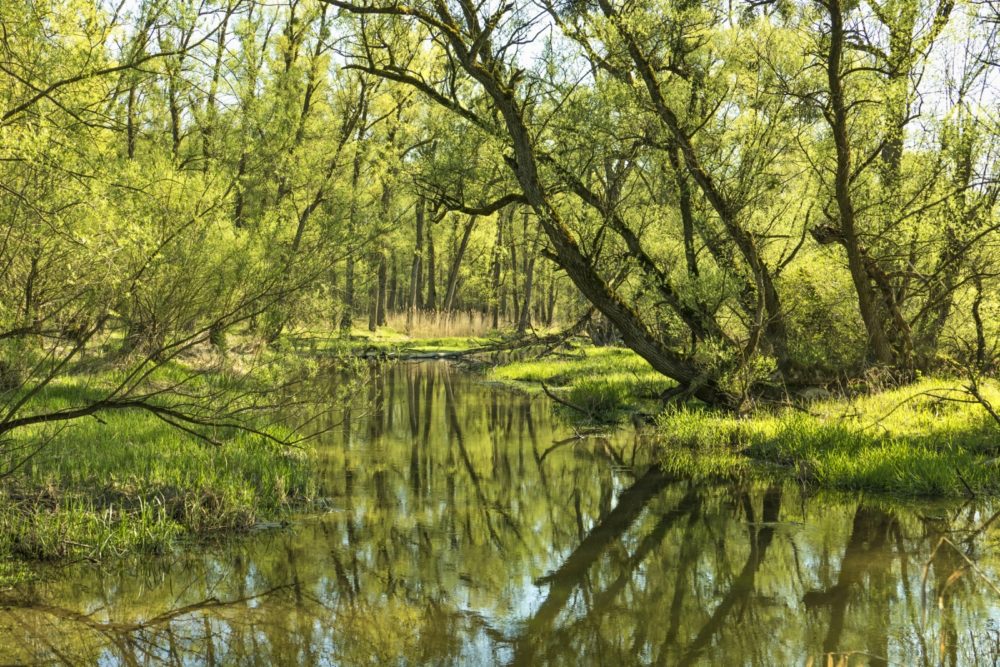 Photo: Floodplain forest
Photo: Floodplain forest
The development and knowledge of this forestry practice tool can help to better understand the relationships between the environment and vegetation in the Czech Republic, which is also desirable with regard to the manifestations of climate change, indirect anthropogenic influence on the environment (e.g. in the form of increasingly intensive formation of so-called heat islands) and prediction of the possible development and direction of forest and landscape ecosystems.
For greater clarity, the authors divided the development into sub-periods, and although they mainly focus on the Czech Republic, they also briefly discuss the development in Slovakia.
Regarding the vertical gradation of forest communities according to altitude, this is dependent on climate. In the warmest locations with low rainfall totals, there oaks dominate the communities. With increasing altitude, decreasing temperature and an increase in precipitation, the presence of forest beech increases.
Dominant forest beech communities are also naturally mixed with silver fir and, at higher altitudes, with Norway spruce. In high-altitude habitats, spruce forms a separate vertical step, which is replaced by mountain pine towards the upper border of the forest.
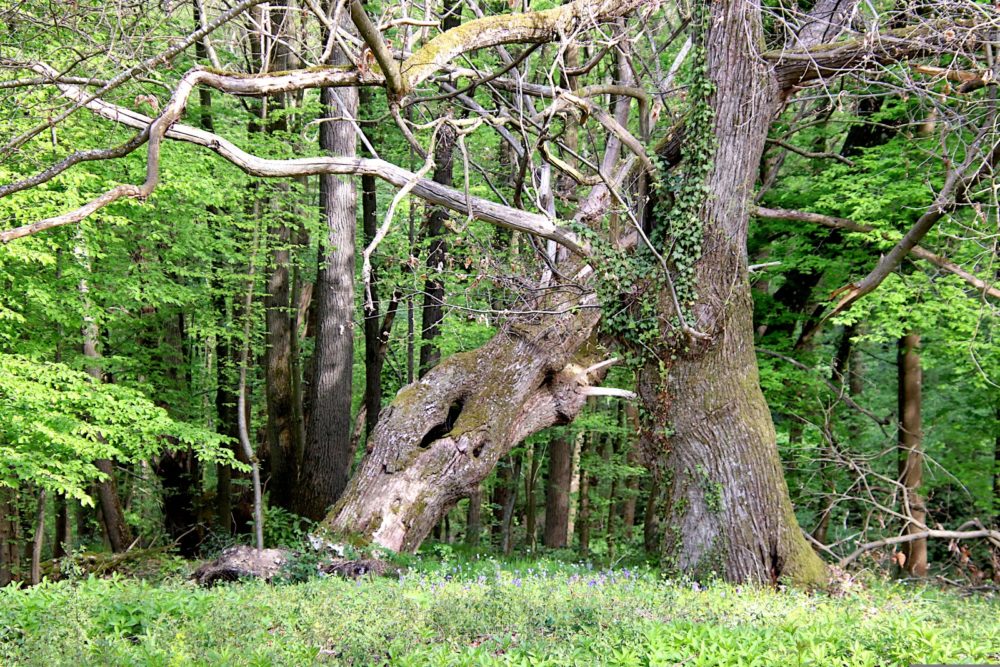 Photo: Oak forest
Photo: Oak forest
The definition and characteristics of (forest) vegetation levels were established in the forestry-typological classification system in the 1970s.
At the same time, the basic information of the vegetation gradation of the geobiocenological system, which was elaborated in the 1990s, were created.
Both classification systems are based on the same concept, but each one is used for a different purpose and the legal declaration is also different.
The superstructure frameworks of the forestry-typological classification system, being currently used, were created by the evaluation of an extensive data set, which was the result of data collection according to two similar systematics.
The currently used concept of vegetation gradation has not yet been comprehensively tested in terms of both classifications using multidimensional mathematical-statistical methods. The use of the habitat assessment approach using the zonal concept seems particularly promising.
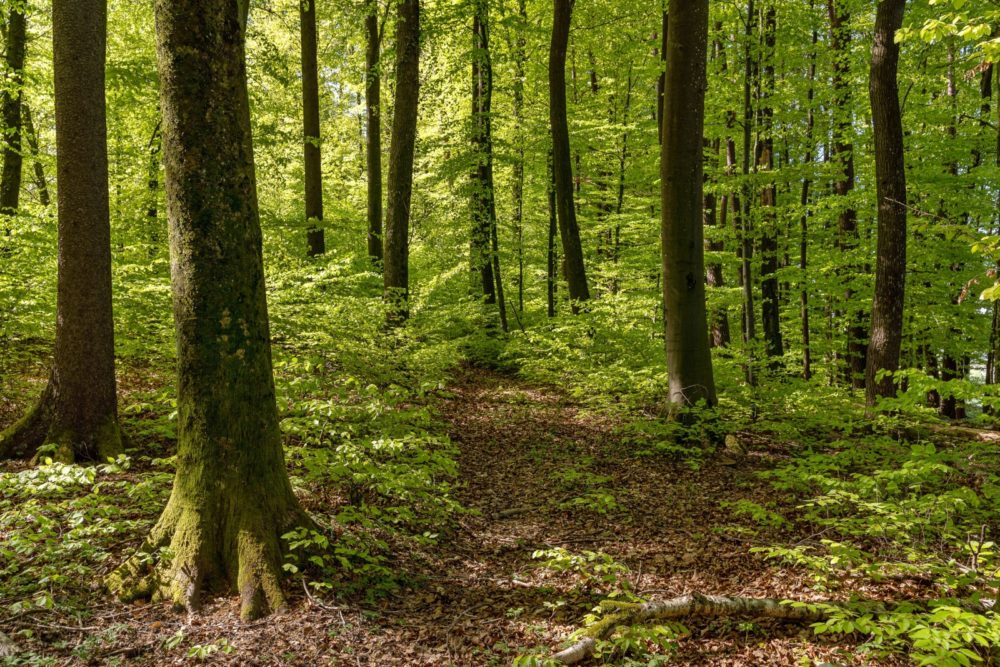 Forest vegetation levels express the relationship between climate and biocenoses (vegetation communities), represented by the so-called climax tree species. Forest vegetation levels describe in a simplified form the vegetation gradation and the vertical distribution of the main tree species.
Forest vegetation levels express the relationship between climate and biocenoses (vegetation communities), represented by the so-called climax tree species. Forest vegetation levels describe in a simplified form the vegetation gradation and the vertical distribution of the main tree species.
Photo: European beech forest
Forest vegetation levels, together with defined edaphic (soil, ecological) series (extreme, acidic, nutrient, enriched, glazed, waterlogged, peaty), serve for the basic typological classification of forests by defining forest types, further grouped into larger categories of so-called groups of forest types.
In the Czech Republic, there are defined ten forest vegetation levels, which are called according to individual climax tree species and their combinations: penduculate oak and sessile oak, European beech, silver fir, Norway spruce, mountain pine and alpine meadows.
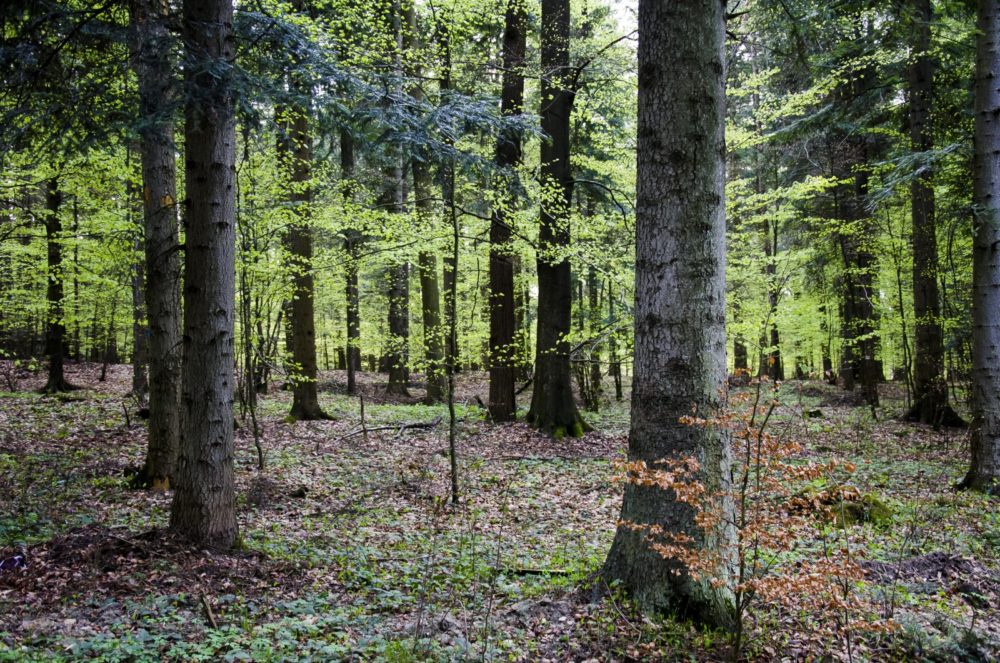 Photo: Silver fir forest
Photo: Silver fir forest
Survey of forest vegetation levels:
- forest vegetation level – pine
- forest vegetation level – oak
- forest vegetation level – beech-oak
- forest vegetation level – oak-beech
- forest vegetation level – beech
- forest vegetation level – fir-beech
- forest vegetation level – spruce-beech
- forest vegetation level – beech-spruce
- forest vegetation level – spruce
- subalpine vegetation level – mountain pine
- alpine vegetation level – alpine (alpine meadows)
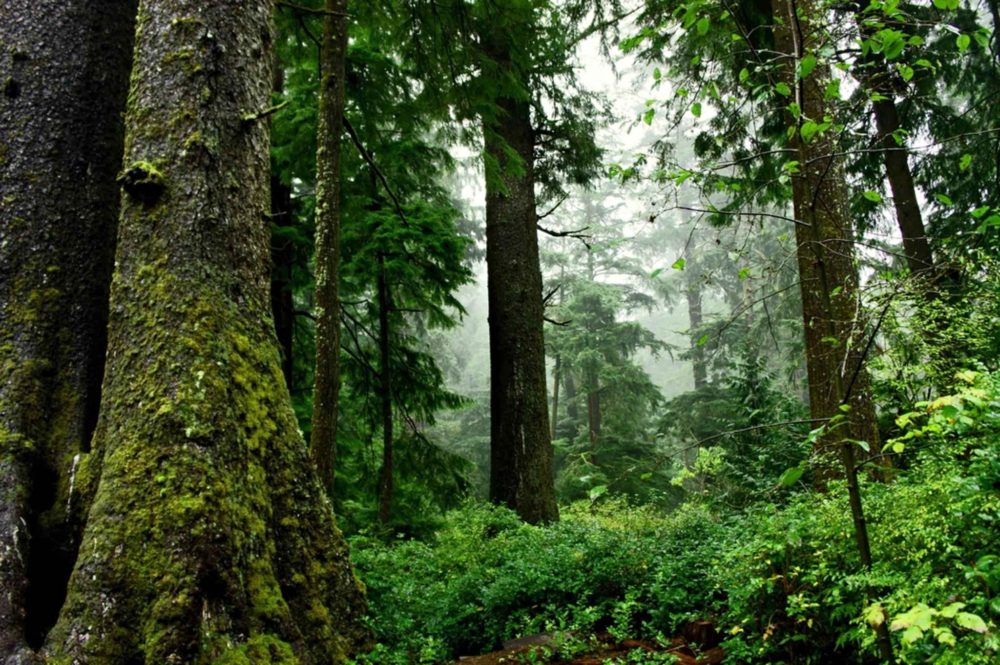 Forest typology, this is the basic discipline of forest management forests and it deals with the classification of permanent ecological conditions. It divides forests into segments with similar growth conditions, evaluates these conditions and draws conclusions for appropriate forest management.
Forest typology, this is the basic discipline of forest management forests and it deals with the classification of permanent ecological conditions. It divides forests into segments with similar growth conditions, evaluates these conditions and draws conclusions for appropriate forest management.
Photo: Norway spruce forest
Within forestry-typological mapping, the assessment of permanent features of the environment (light, heat, water regime and soil chemistry) is carried out, as well as the reconstruction of the natural composition of the plant community. The main output of forestry typology, this is a forestry-typological map. Forestry-typological mapping is enshrined in § 5 and § 6 of Decree No. 298/2018 Coll., on the processing of forest management plans and on the definition of forest management groups.
The paper Classification of vertical vegetation zonation in the Czech Republic: Review (Klasifikace vegetační stupňovitosti v České republice) can be downloaded here.
Authors of paper: Petr Dujka, Forest Management Institute (Ústav pro hospodářskou úpravu lesů) Brandýs nad Labem, Branch (pobočka) Kroměříž; Antonín Kusbach, Mendel University in Brno, Faculty of Forestry and Wood Technology (Mendelova univerzita v Brně, Lesnická a dřevařská fakulta); e-mail: dujka10@seznam.cz
Prepared by: Ing. Jan Řezáč, FGMRI (VÚLHM, v. v. i.), e-mail: rezac@vulhm.cz
